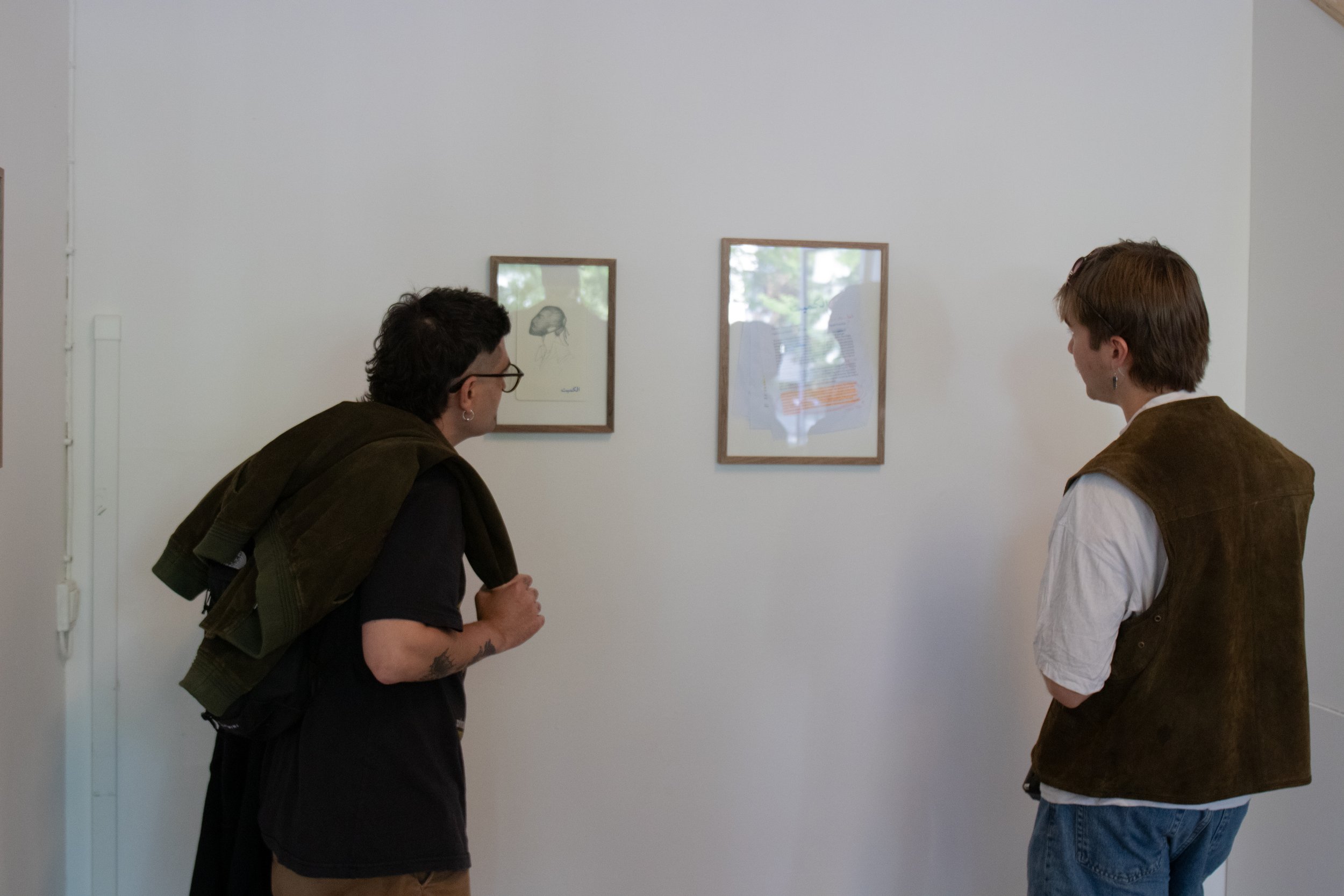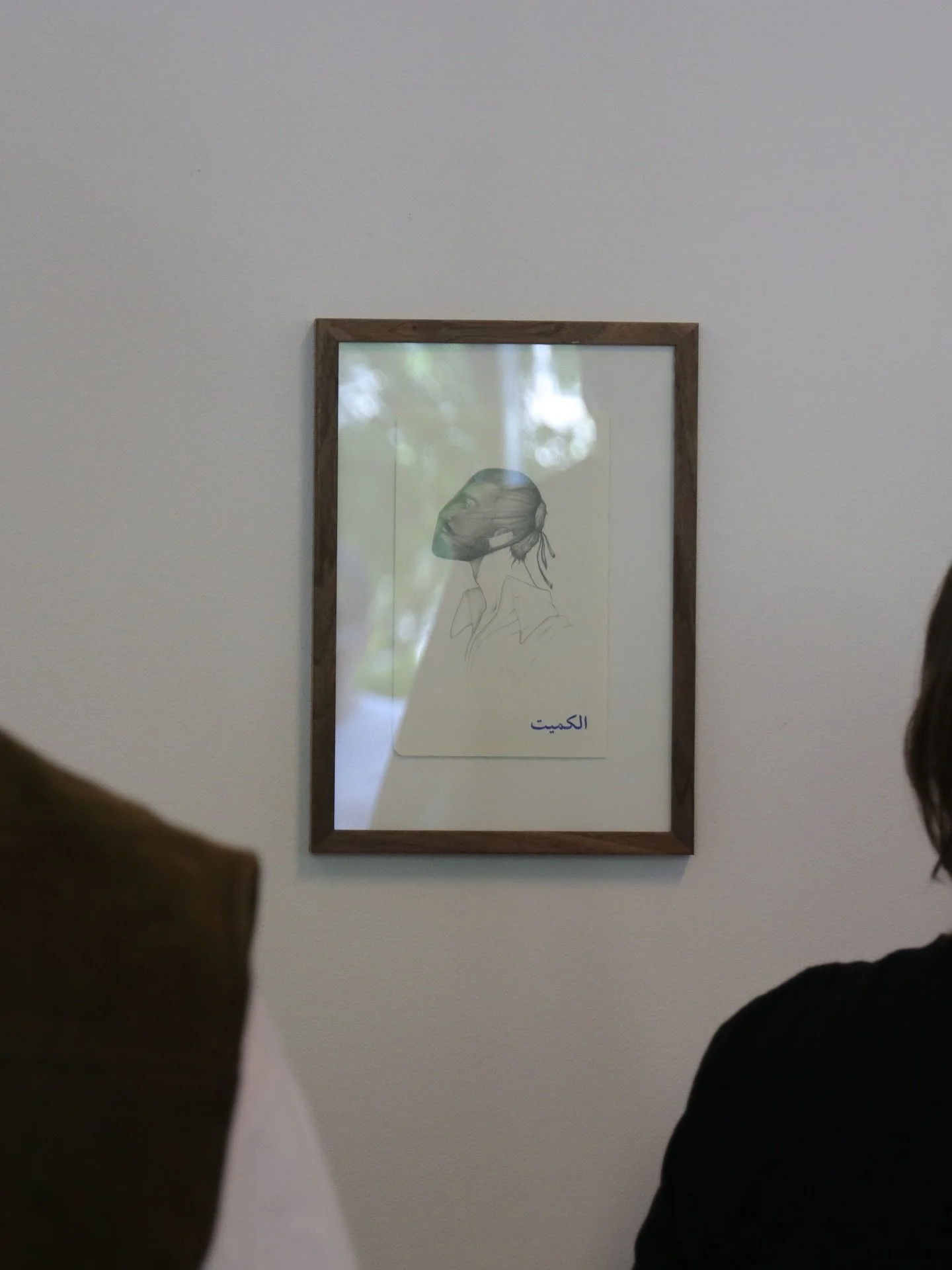
I Dress, Therefore I Disrupt (Self-portraits), 2025
40 x 50 cm
Light painting, photography, print (Giclée), and oak frames
This series of night self-portraits was photographed in the forests of Finland, a setting that connects to the concealed routes and landscapes I crossed during the 2015 refugee crisis. The work draws on Édouard Glissant’s concept of the right to opacity, using light painting and long exposure to confront how visibility has historically been used to monitor and control displaced bodies. These photographs do not reconstruct past memories but instead create counter-images that challenge dominant narratives. The light, once a threat exposing and endangering, is here transformed into a medium of refusal, resistance, and self-authorship.
Dressing is not performance; it is a daily survival tactic, a political act, a visual disruption.
Created in collaboration with Finnish artist Viktor Palm, assisted by Zarah Holmberg.
This solo exhibition is part of a project I conducted during my residency in Finland.

I Dress, Therefore I Disrupt: Fashion as Aesthetic Strategy in Post-Migratory Visual Practice (conceptual essay), 2025
As part of the exhibition, I developed a conceptual essay grounded in the research conducted during my residency in Vaasa, Finland. The essay examines dressing as a method of disruption and resistance, particularly within the context of migration and visibility politics.
Presented as an independent work within the exhibition, the text introduces writing as a methodological element of my practice and reflects how research operates alongside visual production in this project.
A framed first draft of the essay was exhibited on the wall, highlighting its provisional and processual character. Next to it, a separate sculptural installation displayed a limited edition of printed copies, available only during the exhibition.
This decision was made to resist the logic of broad, unrestricted circulation and instead offer access to the essay in a controlled, intimate setting, one shaped by presence, encounter, and spatial context. By doing so, the work questioned who gets access to knowledge, under what conditions, and through which modes of distribution.
Documentation from the vernissage












